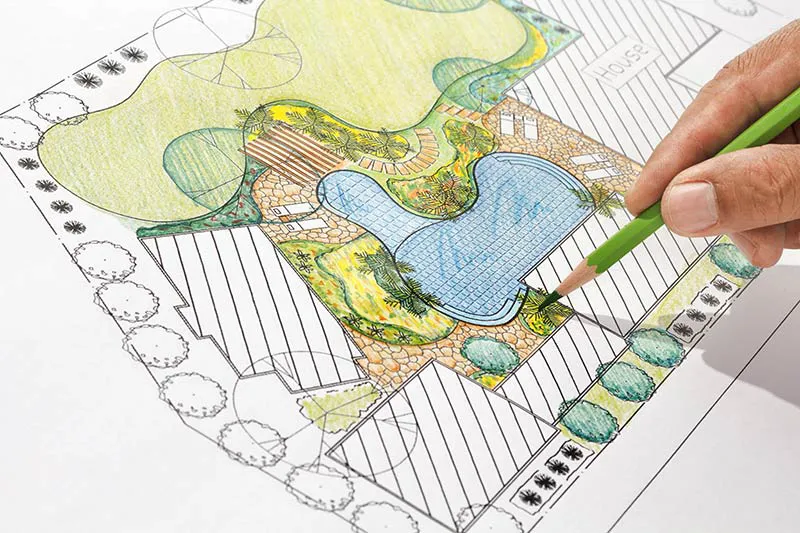Renovations & Upgrades
Your system, your way.

Sometimes changing or adding to an existing sprinkler system becomes necessary and is more beneficial than replacing an old system in its entirety. Give Aqueduct Irrigation a call when your system needs an upgrade.
Renovations to existing sprinkler systems can involve adding additional zones, moving lines to accommodate for construction or additions, updating old equipment, or incorporating drip irrigation in areas with more delicate landscaping.
Replace aging sprinkler heads
Older sprinkler heads typically produce too much or not enough pressure. Newer heads have built-in pressure regulators that reduce water loss through misting or fogging and mimic the way rain falls naturally. In addition, new heads have a check valve that eliminates water leakage when your system is turned off.
Upgrade your nozzles
Switch old nozzles out and replace with high-efficiency, rotating multi-stream or fixed-pattern spray nozzles that disperse water more slowly and evenly. Even if water pressure in your area is low, these nozzles are a great addition as they are designed to perform at lower pressures and still deliver superior lawn coverage. They also reduce soil erosion, runoff, water usage, and overall costs.
install a rain sensor
End the hassle of having to remember to turn your system on and off every time it rains. Rain sensors are economical and can be added to almost all systems, even old ones, to detect rainfall and automatically turn off your irrigation when appropriate.
add a “smart” irrigation controller
Customize your entire watering system instead of just setting start and end times. These controllers consider soil types, yard slope, type of plants, and allowed watering days to create schedules tailored specifically to your yard conditions. In addition smart controllers monitor changes in the weather like rainfall and temperature and make appropriate adjustments. Some can even be controlled from your cell phone or other device. Smart controllers can also immediately report malfunctioning valves or unresponsive zones so repairs can be done before water is wasted or lawn and plants are harmed.
convert to drip
Food gardens and planting beds don’t need to be watered in the same way as other areas of the yard. Some plants prefer drip irrigation instead. Drip systems water by slowly dripping water directly into the soil. Drip irrigation prevents water evaporation, runoff, and overspray. Watering at the soil line also aids in preventing diseases that plague plants when they receive too much moisture.
